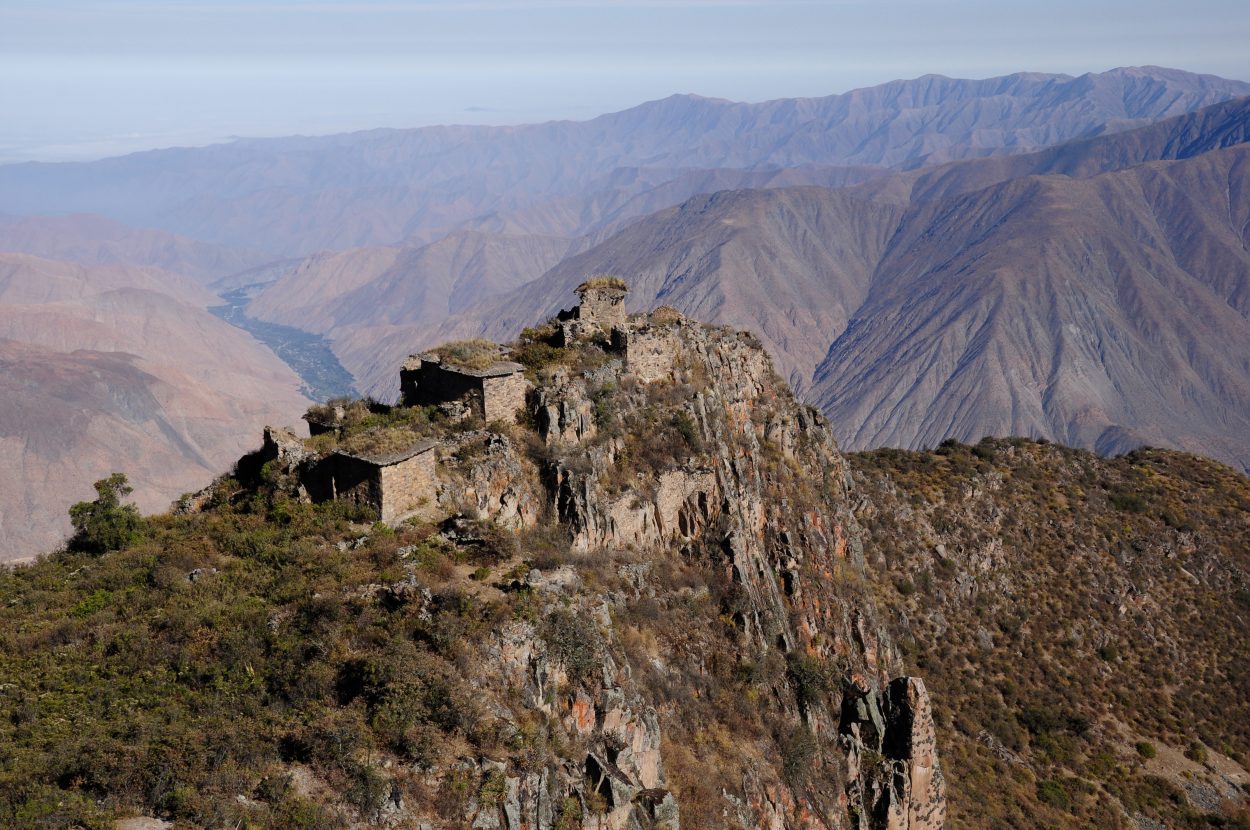RUPAC - "THE MACHU PICCHU OF LIMA"

Header Image Credit : Carlos Sala Fotografia - Shutterstock
THE ARCHAEOLOGICAL COMPLEX OF RÚPAC-MARCA KULLPI, OFTEN KNOWN AS THE “MACHU PICCHU OF LIMA”, IS A SETTLEMENT ASSOCIATED WITH THE PRE-INCA LOS ATAVILLOS CULTURE IN THE HUARAL PROVINCE OF PERU.
The Los Atavillos culture has its origins in the vicinity of Lake Titicaca, who’s ancestral people migrated during the expansion of the Huari-Tiahuanaco Empire (also called the Wari Empire) into the Huaral region.
The Los Atavillos culture emerged after the Empire’s collapse around AD 1100, establishing settlements within the Lima valley and the Chancay river basin.

Image Credit : Seslavab – Shutterstock
Rúpac was constructed on the upper slope and summit of the Rúpac hill at an elevation of 3,400 meters above sea level. The site is defined by four distinct sectors: Sector A with a cluster of 50 kullpi-type buildings, Sector B with 25 chullpas-type funerary structures, Sector C with a wide-open space, and Sector D with 20 kullpi-type buildings.
Previous archaeological studies have determined that the main activity at Rúpac was related to ancestral cult worship and the funerary rites in the kullpis and chullpas, with the wider complex serving to facilitate the preparation of food and spinning of textiles to renew the objects, clothing and food of their ancestors.
More:
https://www.heritagedaily.com/2022/01/rupac-the-machu-picchu-of-lima/142588

